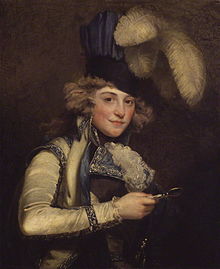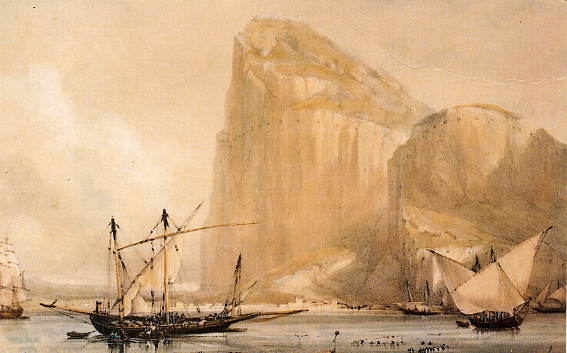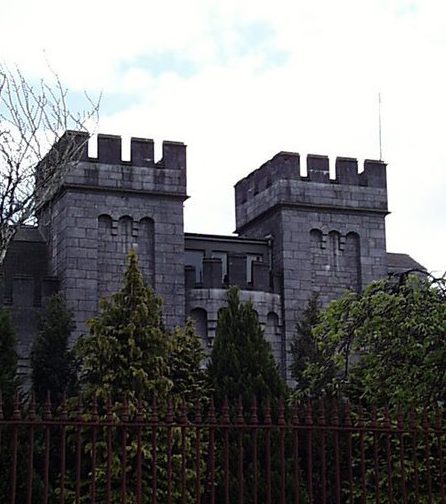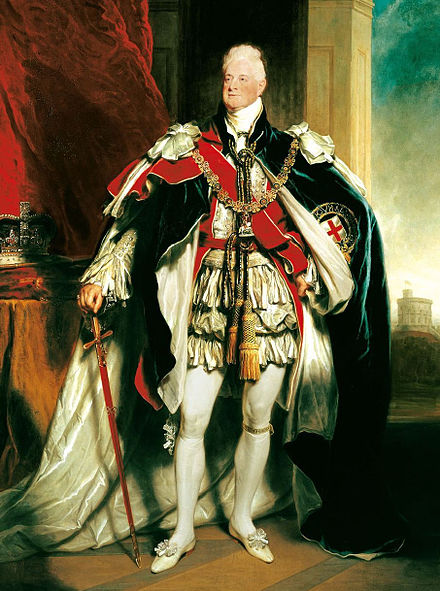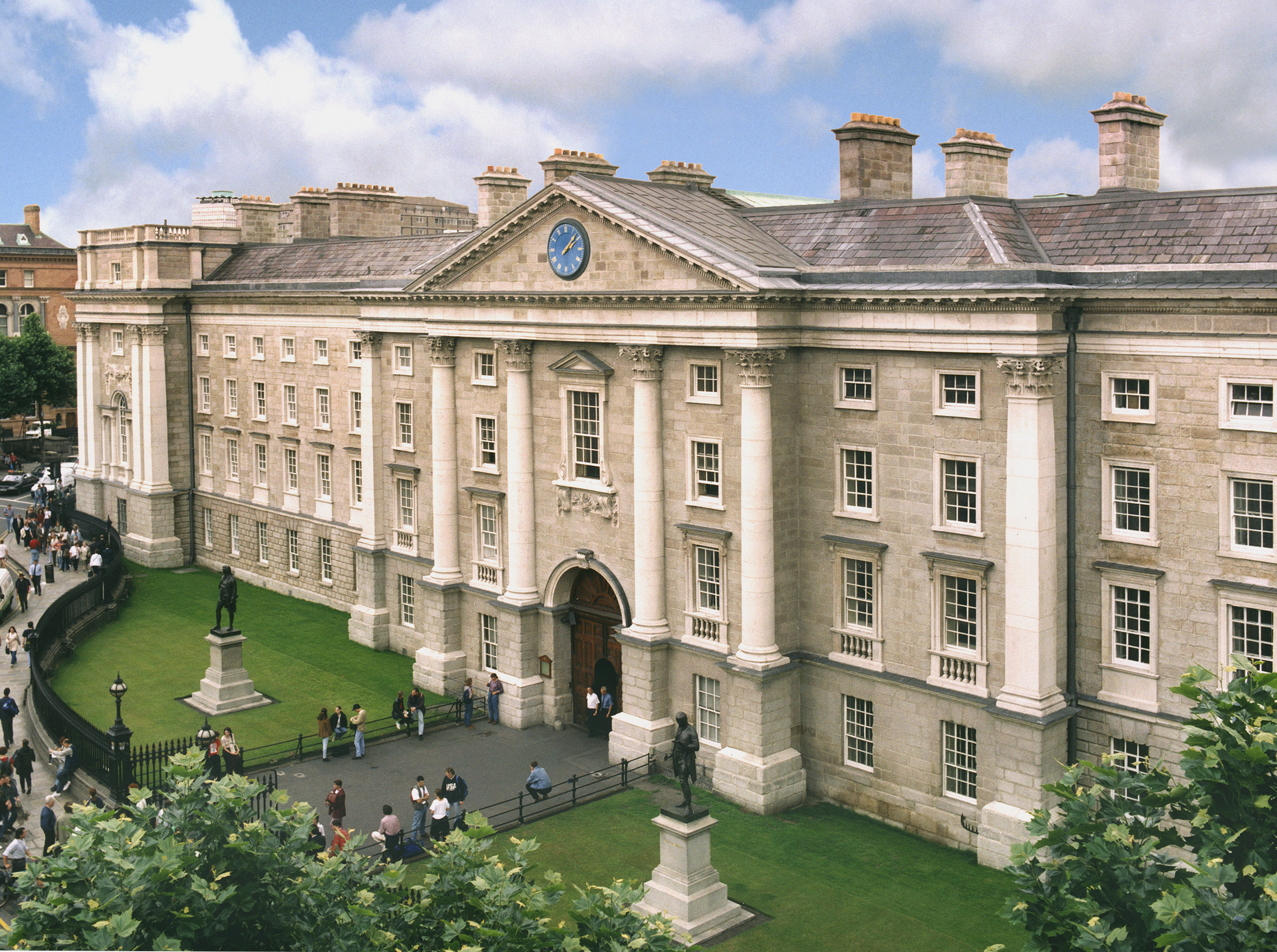The Times, Tuesday, August 26, 1862.
POLICE (Courts)

Bow-Street.-A middle aged man, of gentlemanly appearance, named Eugene Macarthy, was brought up in custody of Inspector Scott, of the A division of police, the officer in charge at the Reading-room of the British Museum before the sitting magistrate, Mr. Henry, on a charge of stealing from the reading-room six books-viz., Dugdale’s “Antient Usage of Arms,” the “Historical Memoirs of the Irish Rebellion of 1641,” Dod’s “Parliamentary Companion”, Lawless’s “Ireland,” Hegel’s “Philosophy”, and a work in the Irish language, the title of which in English is “Christians’ Instructions”
Mr Poland, the barrister, attended to prosecute for the Trustees of the Museum, and the prisoner was defended by Mr. Morgan, solicitor.
It appeared that the prisoner, who had practised as a solicitor in Ireland, was recently prosecuted for marrying Miss Mary Anne O’Brien during the lifetime of his former wife.
In the course of that prosecution he wrote a letter to Mr. Miler, Miss O’Brien’s solicitor, applying for certain books, papers, &-c., which he had left in her care at the time when they were living together as husband and wife. Mr. Miller submitted to her brothers, Dr. John O’Brien and Mr. Stephen H. O’Brien, tho prisoner’s letter, which was as follows:-
” 2, Caroline-street East, Camden-town, Aug. 7.
“Sir,- I venture to trespass on your kind indulgence to ask the favour of your either preferring the request yourself,or forwarding the request to 30, Westbourne-place, that certain books and MSS., with some other things, fairly mine, and of much moment to me, may be forwarded here by parcels’ delivery:- a hat-box and an old carpet-bag, both containing MSS., with a small writing-case,. I would have have asked this earlier of you, but severe illness prevented me till now. I apologize for addressing you, but really not knowing whom else to ask of, will excuse me. I am your obedient servant,”
“E. P. Macarthy.”

Mr. Miller advised the Messrs. O’Brien, acting on behalf of their sister, to deliver up to Mr. Macarthy all books, papers, or other property belonging to him, but with the precaution that they should carefully examine such articles, and make a list of them. In the course of the examination which was made, in conformity with Mr. Miller’s advice,Dr. O’Brien discovered that among the books left by the prisoner in Miss O’Brien’s care were two which had evidently belonged to some library. These were the ” Historical Memoirs of the the Irish Rebellion of 1641” and Dugdale’s “Antient Usage of Arms” .It first struck Dr. O’Brien that these works were impressed with a crown on the binding, and were marked with certain numbers. Upon a closer scrutiny he came to the conclusion that they were stolen from the Reading-room of the British Museum. He at once proceeded to the Museum and submitted the books to the inspection of Mr. Rye, one of the principal assistants there. Mr. Rye identified the books as having been stolen from the Reading-room. [The Reading Room was officially opened on 2 May 1857 ] They had been given out in July, 1857, to a reader named Macarthy, and had never been returned. The were missed on the 1st of September, 1857. At that time the prisoner was a reader at the Museum. He became a reader on the 22nd of July that year, when he entered his name in the usual manner in the readers’ book, and that signature was proved, to be in his handwriting. His name was also entered in his own hand- writing on the fly-leaves of the books, and in one of them a label engraved with the Macarthy arms had been pasted over the Museum press mark. Upon this label the mottoes of the Macarthy family were written in Latin and in Irish, in the prisoner’s handwriting.
There was also found among the books left in Miss O’Brien’s care by the prisoner, four other books:-viz., Dod’s Parliamentary Companion, Lawless’, Ireland, Hegel’s Philosophy, and The Christians’ Instructions, all bearing the press mark, and all identified as having been missed from the Museum prior to the 1st of September. They were all marked with the prisoner’s signature and other memoranda, and marginal notes in his handwriting. Upon this information, Inspector Scott apprehended the prisoner at the Central Criminal Court, when he attended to take his place upon tho charge of bigamy. He was then taken to the station-house in Bow- street, but was not brought before the magistrate, as it was agreed, in order to leave him free to answer the charge of bigamy, that the present charge should be postponed until the other prosecution had been disposed of. He was convicted of the bigamy, and sentenced to a week’s imprisonment at the expiration of which period he was again apprehended by Inspector Scott, and brought up at Bow- street on the present charge.
Dr., Mr., and Miss O’Brien, Inspector Scott, and other witnesses, including Mr. Rye and Mr. Holder of the British Museum, were examined at great length in support of these charges.
Mr. Morgan, in cross-examining Miss O’Brien, asked her whether she had not herself held a ticket of admission to the Reading room of the Museum, and whether she had not signed her name in the readers’ book.
She replied to both questions in the affirmative.
Mr. Poland observed that he was glad those questions had been put, as it would enable him to show that Miss O’Brien was not a reader until after the time at which the books had been stolen.
The readers’ book, in which Mr. Macarthy’s signature had already been proved, was now again produced, and Miss O’Brien swore to her own signature as “Mary Ann Macarthy” (at that time she believed herself to be Mr. Macarthy’s wife). It was under the date 14th October,1857.
Mr. Poland called the magistrate’s attention to the fact that all these books had been missed from the Museum on the 1st September, being six weeks before Miss O’Brien had admission to the Reading room.
Mr. Morgan said,-After the evidence which we have beard, I think that the most prudent thing for the prisoner is to decline to say anything.
The prisoner was committed for trial, without bail.
